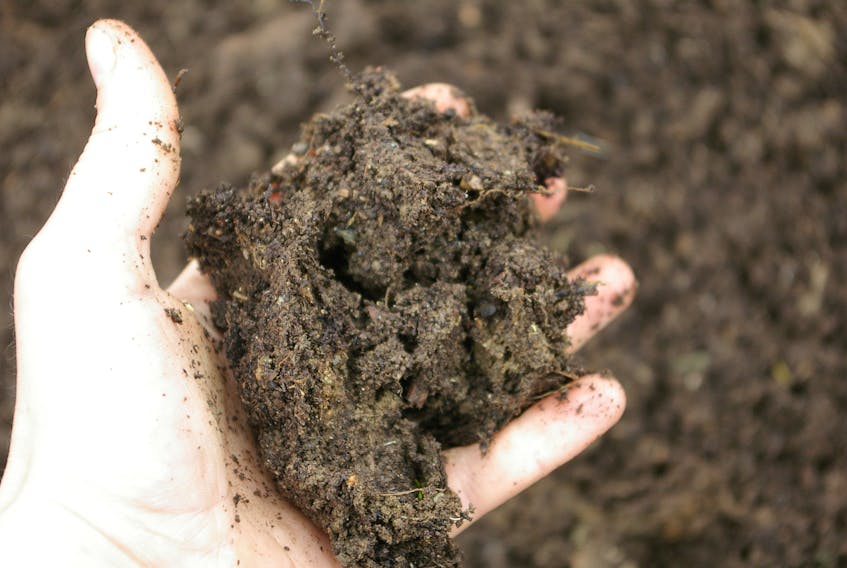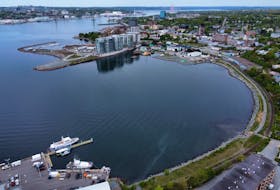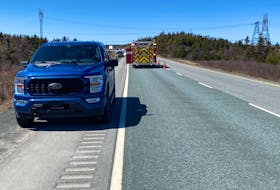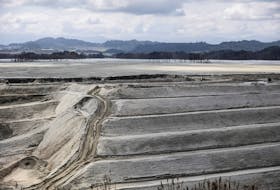ST. JOHN'S, N.L. — The Living Planet Report Canada 2020, published this month by the World Wildlife Fund (WWF)-Canada, has bleak statistics but hopeful recommendations.
It found that species of global conservation concern saw their Canadian populations drop by an average of 42 per cent since 1970.
WWF-Canada said these species — including some found off this province’s coast, such as North Atlantic right whales and leatherback sea turtles — also face an average of five threats.

“This tells us that Canada, as a whole, is not doing enough to protect its most imperilled species. We now also know that conservation actions that target only one threat at a time are unlikely to be successful in the long term,” reads a news release about the report, which measured the ecological performance of 883 vertebrates and tracked patterns in their population size over time.
James Snider, WWF-Canada vice-president of science, knowledge and innovation, told The Telegram the North Atlantic right whale is a good illustration of the multiple threats faced by species at risk.
The right whale’s population is suffering from a combination of industrial pressure — mainly ship strikes — as well as a changing climate that is forcing the whales out of more protected areas and into high-vessel-traffic waters.
#NaturePhoto Taken in Trinity Bay this weekend. Beautiful leatherback turtle. We share the planet all sorts of amazing animals. Are we #mindful of how our lifestyle affects them?#WeCanDoBetter #LiveSustainably pic.twitter.com/R0F2NqvBOs
— Darryl Fillier (@DarrylFillier) September 7, 2020
“That is now a critically endangered population, which is perhaps the most imperilled designation there is globally in terms of status of at-risk species,” said Snider.
But Snider said the report points to improvements for some species over the years due to changes made by people. For example, the Atlantic puffin’s population has increased due to a drastic decrease in the use of gillnets since the 1990s.
Soil solution
Perhaps one of this province’s greatest assets in fighting climate change is right under people's feet.
The Living Planet report said that of all the provinces, Newfoundland and Labrador has the highest density of carbon sequestration.
Nature plays an important role in reducing carbon pollution by essentially acting as storage, and peatlands — or bog — store as much carbon as all of the world’s forests combined, despite covering only about three per cent of the planet.
Conversely, damage to peatlands is, globally, a major source of greenhouse gas emissions.
Snider said if more of these areas can be protected — especially those that are home to species at risk — then it can be doubly beneficial for the environment by protecting both wildlife and carbon sinks.
“We think that the province may have a really important opportunity there in terms of advancing both nature conservation — so, the benefit of wildlife, including species at risk — but at the same time also advancing action on climate in terms of reducing our emissions through these natural areas,” said Snider.
He called this “putting nature to work to help fight climate change.”
Species at risk in Atlantic Canada face primary threats of habitat degradation, climate change and overexploitation, according to the report.
“To save Canada’s most vulnerable species, we need to embrace a new approach to conservation,” said Megan Leslie, WWF-Canada president.
For Snider, that means getting better at integrating strategies. Instead of having a climate-change strategy and a protected-areas strategy, and so on, he suggests bringing them together in a more integrative approach.
“We need to be asking, how can protected areas be part of our species-at-risk strategy? How can protected areas be part of our climate-change strategy? And that way we can get greater value out of the commitments that we’re making in terms of designating and managing these important places,” he said.









